

From translating historic iron latticework into a digitally-produced façade to ensuring LEED certification, Phil Freelon played a pivotal, and perhaps under-recognized, role in the creation of the critically-acclaimed National Museum of African American History and Culture.
Heading the design team, the NMAAHC is just one of the many major projects that the Philadelphia-born, North Carolina-based architect has worked on, a substantial number of which likewise celebrate African American culture.
Back in 2014, Freelon, who serves as a Managing and Design Director at Perkins + Will, designed the National Center for Civil and Human Rights in Atlanta. He's also responsible for the Museum of the African Diaspora in San Francisco and Emancipation Park in Houston, which was built on land purchased in 1872 by four formerly-enslaved men. Currently, Freelon is working on the Mississippi Civil Rights Museum in Jackson, a 70,000 square foot cultural and education venue—the only state-sponsored civil rights museum in the country. Perkins+Will is also working on a Motown Museum in Detroit, which will include 50,000 square feet of exhibition space, a theater, recording studios, a cafe and retail space.
We feel that the architectural element should be more than a container, a wrap around.Archinect spoke with Freelon for Archinect Sessions, our weekly podcast. Here are some highlights of our conversation:
On his choice to work primarily on civic projects: "You can’t be all things to all people and when I started the Freelon group I decided we would focus on the things that were of interest to us that also contributed positively to the communities in which they were built."
On growing up in the 60s in Philly: "The mid-60s were just such a heady time—I mean, there was the Vietnam war, and the Civil Rights Movement... I was coming into age right at that time. It [was] so compelling and powerful. I had an Afro and was really enamored with Black culture and it was just a very influential period of my life. [There] was a lot of upheaval but the the music, and the art, and all that was just really wonderful. On the flip-side, they were busting hits in Philadelphia, and Frank Rizzo was the police chief, the riots, the assassinations at that period—all that converged to make this really intense coming of age for me and my siblings."
On the similarities to today: "If awareness is heightened by the struggles of African Americans—the struggling class in general—if we are illuminating what is happening by the turmoil then maybe that is the positive we can take away from it."
On his process: "It's important to figure out what are the drivers, the aspirations, the visions of your constituents...We put a lot of effort into listening, listening aggressively, understanding what it is at the root of those institutions. We do a lot of research so we can show what we’ve done on our own so you’re not marching off in design without having those kinds of engagements that really inform the design solutions."
On the Smithsonian: "The African American story is the quintessential American story...Our immigration was forced but what you do when you get here—the struggles, the triumphs...not just the victims and the perpetrators, but the successes and the resiliency—all of that is part of the American story, and I’d like to say the quintessential one. That is reflected in the exhibit. It’s not just the exhibit that gets into the finer things but we felt that the building should begin to express those aspirations and part of the history should be conveyed in the architecture. That is a common theme in our work, particularly the cultural work. We feel that the architectural element should be more than a container, a wrap around. The architecture should help to tell the story."
On the Motown Museum: "People always ask when we talk about the Smithsonian, I get this kind of snide comment... 'What’s next, what else could you do?' 'Well, I’m doing the Motown Museum as a matter of fact!'"
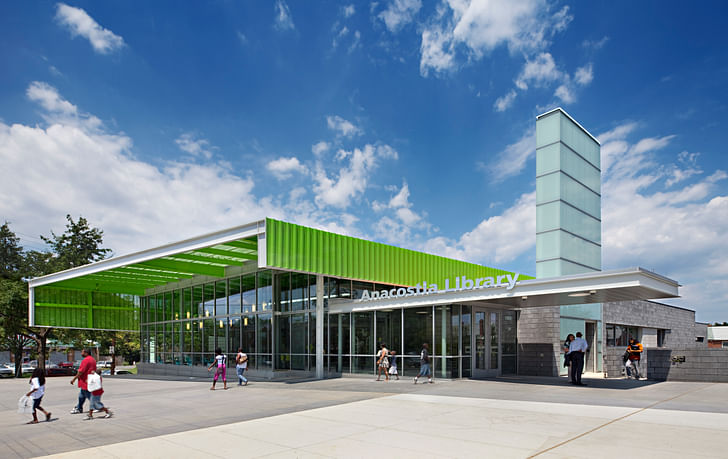
From the architects: "The Anacostia Library creates a civic building of which area residents can be proud. The inspiration for the design of the Anacostia Library comes from the scale of the adjacent residential context. The scale and massing of the residential blocks are reflected in the library design as pavilions or solid volumes. The generous site and accompanying natural features allowed for the creation of the library within a park like setting."
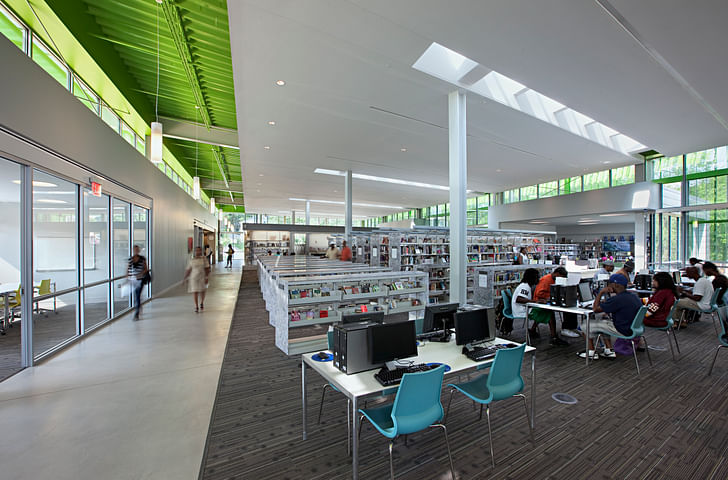
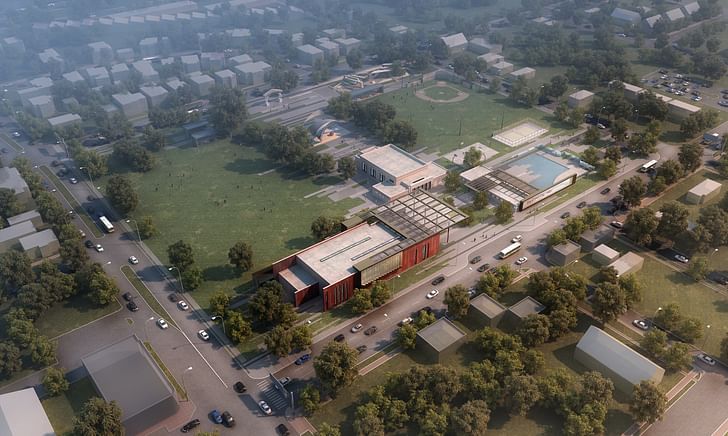
From the architects: "The new Emancipation Park will be an interwoven tapestry of buildings and landscape that celebrate the park's rich history while embracing the present and future of its community. The 10-acre project includes refurbished landscapes and playgrounds, renovation of the two historic building and the addition of a new building and plaza."

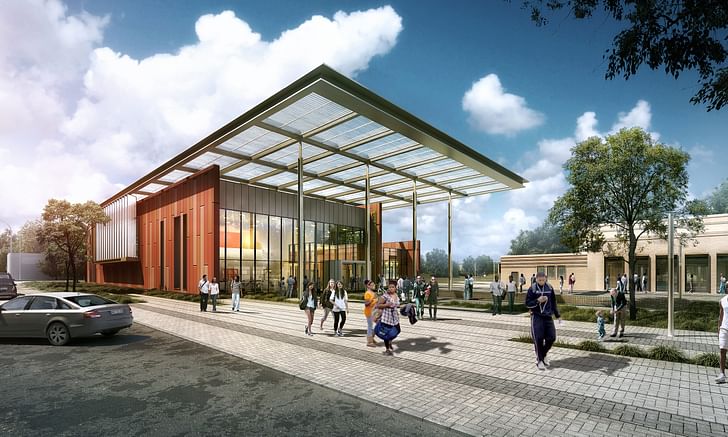
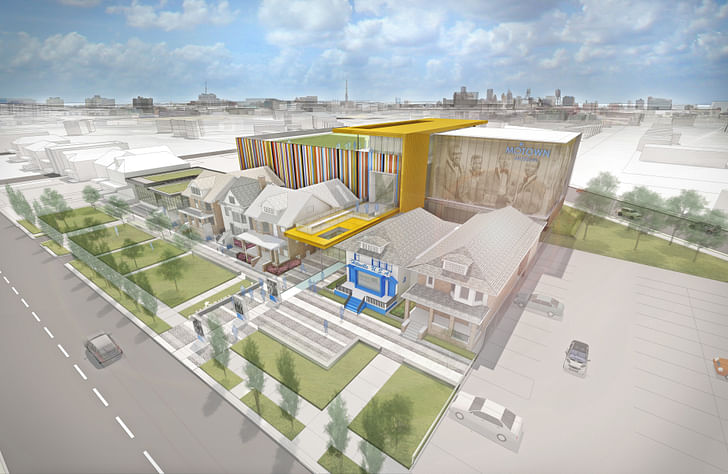
Excerpt from the interview: "Motown came around about a decade ago...the Motown folks invited a number of people to submit qualifications and interviewed a bunch of architects. We were one of them. This was in Los Angeles and I met Berry Gordy and Smokey Robinson and we didn’t get the project and I was distraught about that and just sort of forgot about it and nothing ever happened with that version of the project. Then when it came back around I was called and there wasn’t any sort of formal interview process with anyone else and I went to Detroit and met with Robin, Terry who is the grandniece of Berry, their mother is Esther Gordy, who was Berry’s sister. When Mr. Gordy moved Motown to Los Angeles, Esther kept up the house and became the keeper of the flame and the gowns and the artifacts and so it became a sort of Mom and Pop museum based right there in the Hitsville house. They were working on a plan to renovate, add to and build the Motown Museum so we went out and showed what we have done in other places and her vision......It is a delightful project, cannot be more thrilled."


Writer and fake architect, among other feints. Principal at Adjustments Agency. Co-founder of Encyclopedia Inc. Get in touch: nicholas@archinect.com
1 Comment
Farewell to a friend and Fellow Architect...Phil , the world of architecture will miss you, your creativity and your commitment to the advance of African Americans in architecture....we have had many times to share each others thoughts and endeavors, but none more fulfilling than you and your beautiful wife, accepting the invitation I was honored to extend, having you lecture to the Kent State Architecture Florence Program in 2004....you have fought a great fight and have kept the faith...rest on and we'll see you on the other side....
David Hughes, FAIA, NOMAC, Architect
Block this user
Are you sure you want to block this user and hide all related comments throughout the site?
Archinect
This is your first comment on Archinect. Your comment will be visible once approved.